Words and pictures by Colin Marshall
For as long as I’ve been doing underwater photography, I’ve been submitting underwater images to stock agents.
Five agents have 30,000 of my pictures on their websites, taken over the course of the past 30 years in almost all of the world’s oceans and seas (notably excluding the frigid waters of the Southern Ocean around my New Zealand home).
From turtles to triggerfish, coral to crabs, my photographs have appeared in magazine articles, adverts, brochures, species identification guides, scientific papers and on countless web pages.
Along with my land-based images, they’ve earned me around US $60,000 (£45,000) over the years, a welcome top-up on my salary from my day job in the oil industry.
But, with AI biting at the heels of photography, this feels like a moment of reckoning. Was it all worth it? And what does the future hold for those hoping to sell their pictures via stock agents?
Underwater photography, which I took up many years after becoming reasonably competent as a land-based snapper, was a real challenge at first. Just getting the lighting right was (and still is, if I’m honest) difficult: dealing with unwieldy strobes and the seemingly unavoidable backscatter, or ‘snow’.
There was no autofocus option on the cameras I was using in the 1990s and, before the advent of digital photography, you could only take 36 images before needing to rewind and replace each roll of film. There was also no Photoshop to touch up your mistakes.
I persevered – excited by the idea of taking never-before seen images of the underwater world – and soon started submitting pictures to stock agents.
CHOOSING A STOCK PHOTO AGENT
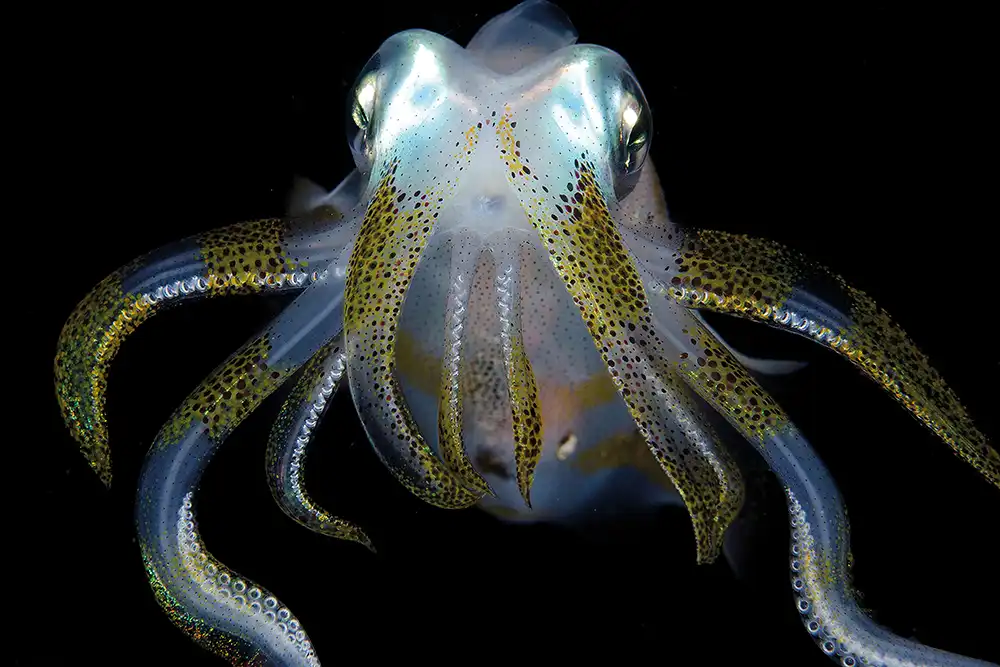
I have five stock agents that I currently submit images to, though I’ve regularly submitted to nine over the years.
Why so many? The main reason is that no single agency can reach all potential clients – so having more agents gives you access to more websites for potential buyers to see and purchase your images.
Furthermore, most agencies have submarketing agreements with many other agents that enable them to widen their net to find buyers.
Ardea, for example, has a strong network of local agents in various countries, as many buyers prefer dealing with local companies so they can work in their own language.
In addition, there is a certain kudos with having a well-known specialist agency market your images. Commercially, specialist agencies may also be able to access higher-paying buyers who value their scientific rigour and reliability.
The French agency Biosphoto, for example, has a specialist team who review submitted images for accuracy, enriching the description and keywords so as to be able to respond to bespoke requests from buyers.
I prefer agents who are communicative, have a user-friendly system for submitting images, a reasonably straightforward format for keywording and writing descriptions, and clear reporting of sales. Other photographers may be more focused on earnings.
It also depends on the type of photographs you’re taking; my interest skews more towards ‘scientific’ than ‘artistic’ shots and that’s guided by my choice of agents.
You need to work out what is important for you, and choose accordingly
SUBMITTING PHOTOGRAPHS TO STOCK AGENCIES
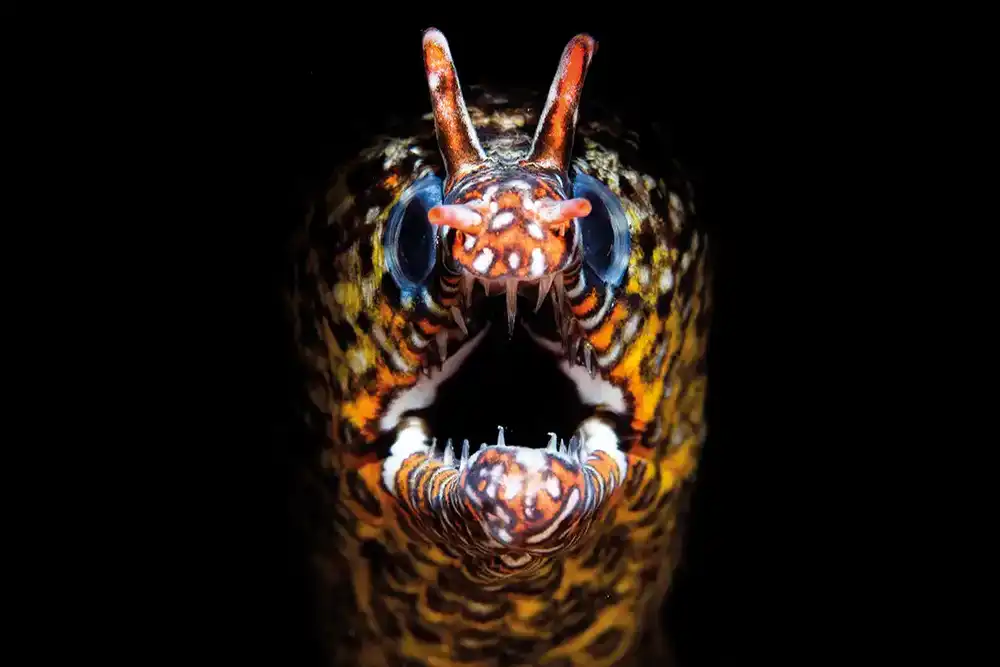
My early years (1995-2006) of stock were in the era of physical slide transparencies: submissions required posting in physical packs of slides, with the agents then returning the rejects.
I started submitting digital images in 2006, which made the process considerably less time-consuming.
When submitting, it pays to get organised. Write a standard list of keywords to draw on, rather than reinventing the wheel every time you make a submission.
Look at other people’s similar images on stock websites and steal ideas for keywords. But don’t obsess over keywording, especially if you can amend keywords after submitting.
Don’t submit too many variations of the same subject or event, expecting the agent to filter; only send your
best images. But be aware that it’s worth dropping your standards a bit for more unusual subjects, as demand is
likely to be higher for rarer images.
Either way, spend a little time on pre-submission processing: correcting for brightness or loss of colour effects, cropping and removing backscatter, for example.
That said, do not over-process and over-crop; buyers often want plenty of negative (blank) space for inserting wording, and can crop images as they wish.
If you want to try out stock for yourself and are short on time, or have a limited portfolio, experiment with Alamy, one of the best-known general agencies. Their submission system is very simple and polished and allows you to amend keywords later.
When it comes to specialist natural history agencies, brace yourself for rejection. Royalties per image are high in this section of the market and demand is therefore fierce. It’s still worth applying, but be prepared to be disappointed.
WHEN IT’S NOT WORKING
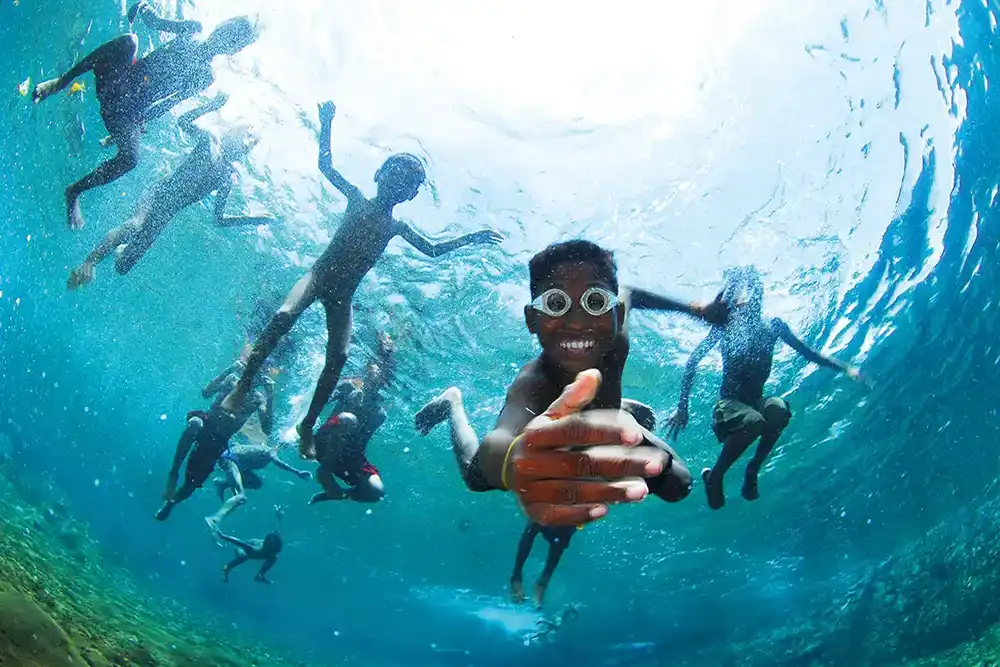
It hasn’t always been easy. The rise of digital photography resulted in falling revenues for stock agencies as the market
was flooded with content, and expectations changed around the value of images.
In 2007, microstock agencies started popping up and disrupting the market, taking advantage of this brave new world of digital with a high-volume, low-price model that undercut traditional agencies.
This financial pressure resulted in cuts to staff numbers, and communication with photographers suffered.
The first agent I dropped, Travel Ink, was the first that I signed up with, back in 1995. I had always found them excellent to deal with but, by 2008, most of the original team was gone.
They had stopped sending statements of images sold and my emails were going unanswered. After nearly 25 years, it
was time to call it a day.
You really need a couple of years with an agent to see what they can deliver. If the results are poor, you have two options: either cancel the contract, or just stop submitting images.
As an example, I was interested in the potential of microstock agencies, so signed up to Bigstock in 2012. My images sold frequently, but for tiny royalties (often only 25 US cents each). It was not worth the effort to get images into the
required format, so I cancelled that contract after three years.
Some agencies appear very professional. But be warned, a slick website, submission system and regular sales statements can create a false sense of security.
I had one agency like this, AGE Fotostock, which looked brilliant, but failed to actually pay royalties. There were always excuses, but I was never paid.
BEST SELLERS

Try, try and try again: if you stand still and do not improve, your old images will not sell, as websites relentlessly fill up with more attractive images from other photographers. You need to continuously replenish your portfolio with better images. These two images of schooling jacks are a case in point.

Taken at the same site, in 2004 (top) and 2013 (above), they are both in my top five best-selling underwater images ever, earning over $1,000 between them. The more recent is clearly a much better picture, a result of my technique having improved plus, probably, a bit of luck.
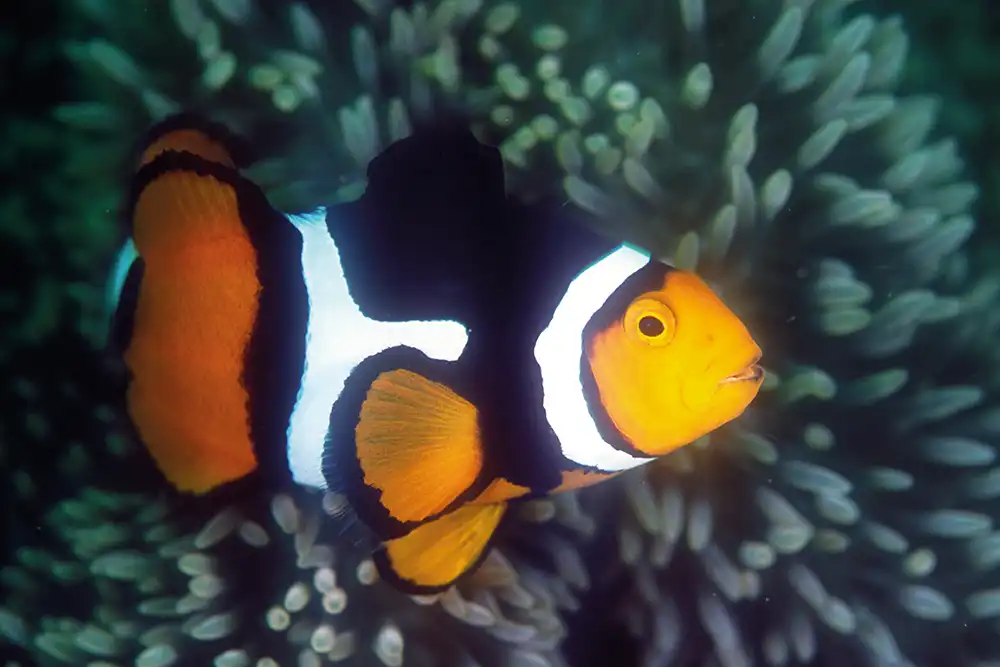
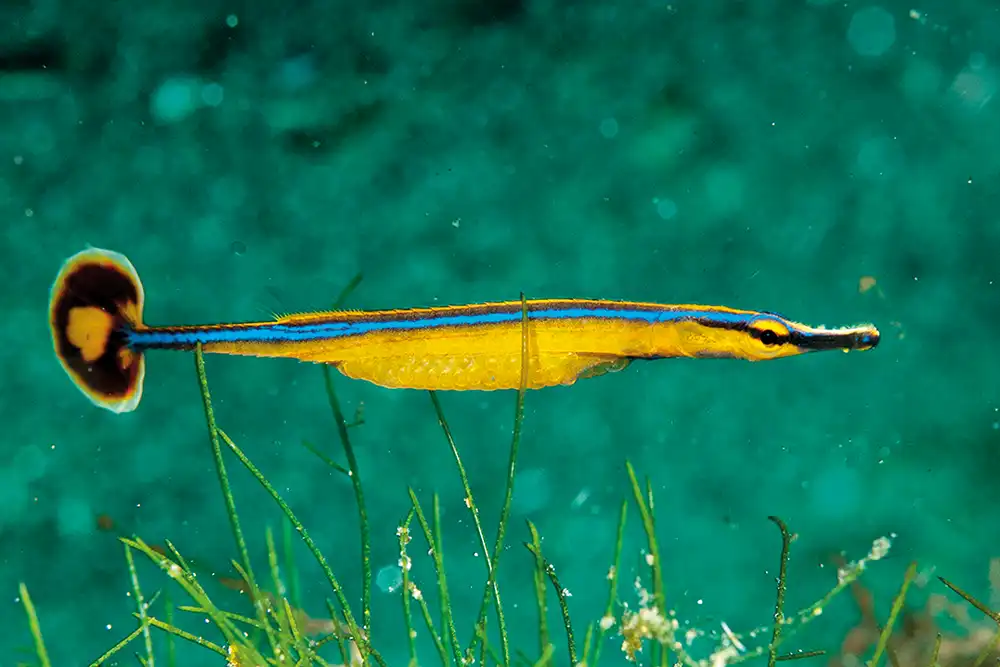
Patience is key: it can take some time for an image to sell, especially of a very specific subject. Two of my highest recent sales have been this orange clownfish (Amphiprion percula) – it’s the black variant found in Papua New Guinea – and this Honshu pipefish (Doryrhampus japonicus) with eggs. Though both were taken around 20 years ago, they’ve only sold since 2020.
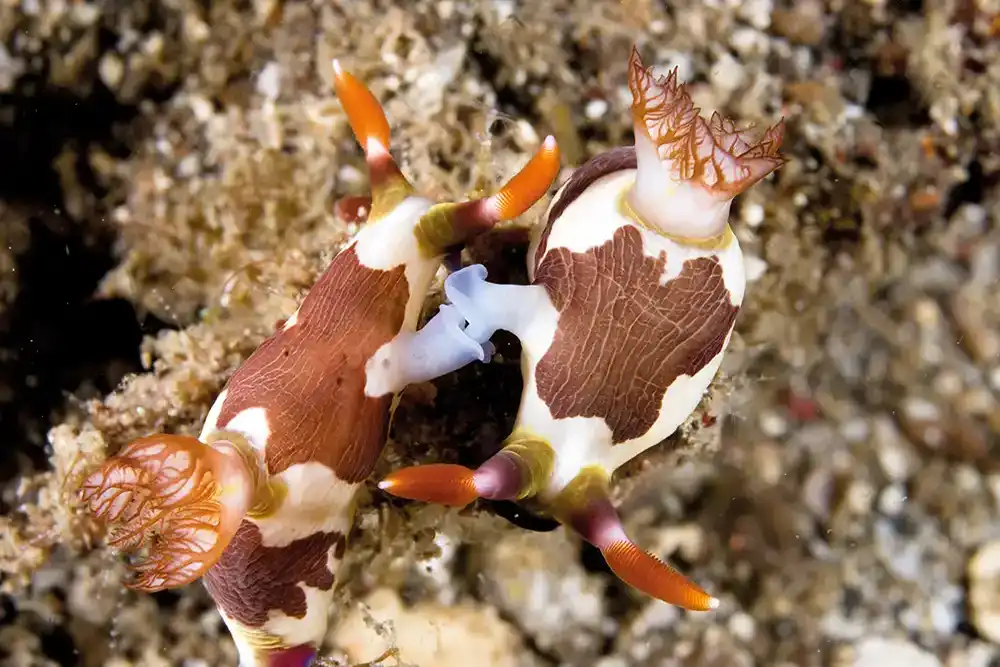
Multiple sales add up: this image of nudibranchs mating, shot in 2007, is my highest earning image over the years. It’s sold seven times, earning $660 in total.

Best sellers are sometimes surprising: this image of stony coral earned the highest price for a single image in the last five years: $130. Clearly someone wanted an image of that specific coral (Hydnophora sp). It was an easy image to take – it took much longer to identify the coral.
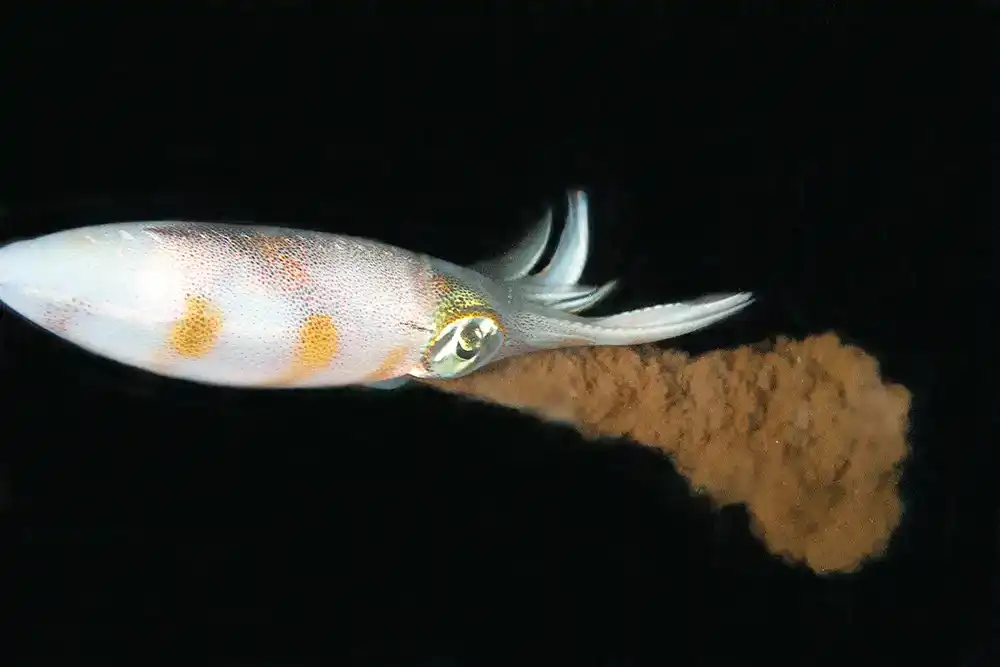
Behaviour shots often sell well: this image of a squid inking has sold 19 times over 10 years for a total of $420. Irritatingly, my wife is convinced she took this shot. (I think she is correct, but please don’t tell her that.)
I wasted eight years submitting around 10,000 images and never receiving any of the $2,000 of royalties due to me, before cancelling the contract in 2021. AGE Fotostock ceased operations in 2024.
If you start to feel like the agency is not performing, especially in terms of making payments, give them a chance to correct the situation. Then, if nothing changes, cancel the agreement.
It’s important to do it quickly, especially as the process for cancelling contracts and removing images from websites (and their affiliates) is often contractually stipulated to take more than a year.
It hasn’t always been me that’s drawn things to a close. Some agencies have a limited capacity to handle submissions, so they grade their photographers and stop accepting images from the less talented or productive.
I joined my first specialist wildlife and nature agency, FLPA, in 1999. They closed their website in 2021 and their images are now marketed by their international partner Minden Pictures.
Minden decided not to take any more of my images (beyond what they inherited from FLPA) as they didn’t think they
would sell enough of them to make it a worthwhile exercise.
SALES – A DOWNWARD TREND?

I have made net revenues of between $1,000-$4,000 a year, averaging at around $2,500 a year (adjusted for inflation). But as time went on, I realised that I was earning less per image.
This trend wasn’t immediately obvious because I was marketing, and hence selling, more images every year. My increased revenue masked the fact that I was actually receiving less per photo.
It’s easy to blame the rise of digital and the microstock agencies that came about as a result, but the market was actually in serious decline well before this.
Revenue per image sold has been falling since the mid-1990s, as the supply of photographs grew faster than market demand. There was then a relatively dramatic drop after 2007, the point when the digital glut began to impact the market and microstock agencies made their entrance.
The good news is that prices seem to have bottomed out: my lowest average price was $7.90 per image in 2022 and my average revenue per image sold has increased slightly in 2023 and again in 2024. It may not be time to celebrate though – we have yet to see the full impact of AI on stock photography (see ‘A force for good or evil?’ from the Spring 2025 issue of DIVE).
Right now it’s a matter of waiting and seeing.
LESSONS LEARNED

If you love taking photos, then stock is worth it, as it encourages you to delve deeper into the details of the subjects you are photographing.
For me, the process of identifying a subject is often more fascinating than the moment of observing it in the first place.
Saying that, the days of making a decent income from stock alone are over. Assuming I spent around five minutes selecting each of the 30,000 images currently held by stock agencies, identifying species, keywording, processing and submitting – likely a significant underestimate – I earned around $24 an hour for my trouble.
This does not include any compensation for buying equipment or travel costs, or even the time spent diving. You have to assume you are travelling, diving and taking pictures because you enjoy it – any stock income is just a bonus.
Was the 2,500 hours I spent preparing my images a waste of my time? Some would find the work required to submit images tedious, others enjoy it – like a normal job, it depends on your personal preferences.
I find it relaxing and enjoyable, especially as making accurate descriptions for stock images encourages you to research the animals in your images.
There is no doubt that the stock industry has passed its peak. Nevertheless, I would still recommend putting at least your best images into one stock agent.
If nothing else, it forces you to be disciplined at deleting and organising your images. And you never know what amazing things you’ll discover along the way.
The post ‘Taking Stock’ – expert tips on becoming a stock photographer appeared first on DIVE Magazine.







